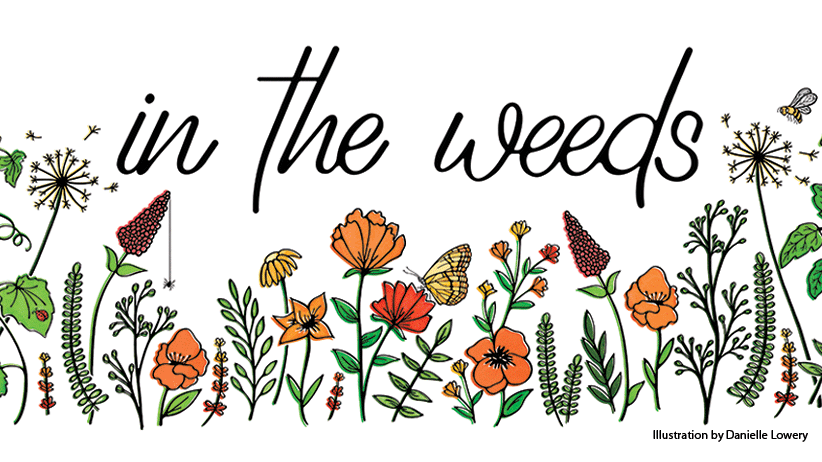Unlocking the full potential of your garden or agricultural land often involves embracing unconventional yet highly effective practices. Among these, soil tarping emerges as a transformative technique, offering an array of benefits that extend beyond the surface. By strategically covering the soil with materials like plastic or fabric, tarping becomes a silent guardian, safeguarding your cultivation efforts.
In this blog, we’ll embark on a journey to uncover the ten compelling advantages of soil tarping and provide valuable insights into the art of doing it effectively. From weed suppression to enhanced seed germination, soil tarping holds the key to optimizing your soil’s health and vitality, ultimately fostering a more resilient and productive environment for your plants.
Weed Suppression
One of the primary advantages of soil tarping is its ability to suppress weed growth. By denying weeds access to sunlight, tarps create an inhospitable environment for their germination and growth. This reduces the need for manual weeding and helps maintain a cleaner and more manageable landscape.
Moisture Conservation
Tarping serves as an excellent moisture conservation method. By preventing direct exposure to sunlight, the soil retains moisture more efficiently. This is particularly beneficial in arid regions or during dry seasons when water conservation is crucial for sustaining plant life.
Temperature Regulation
Tarping acts as a natural insulator for the soil, regulating its temperature. It helps retain warmth in colder climates, promoting early germination and root development. Conversely, in hotter climates, it shields the soil from excessive heat, preventing evaporation and maintaining a cooler environment for plants.
Nutrient Retention
Exposure of soil to rain or irrigation can wash away essential nutrients. Tarping prevents nutrient leaching, allowing the soil to retain its fertility. This is especially important for maintaining a nutrient-rich environment for plant growth and overall soil health.
Pest Control
Tarping serves as a physical barrier against pests and insects that may harm your crops. By covering the soil, you create an obstacle that deters pests from reaching the roots of your plants. This can significantly reduce the need for chemical pesticides, promoting a more eco-friendly and sustainable approach to gardening or farming.
Erosion Prevention
Soil erosion is a common problem, especially in sloped areas. Tarping helps prevent erosion by shielding the soil from the impact of raindrops and wind. This is crucial for maintaining the structural integrity of the soil, preventing the loss of valuable topsoil, and safeguarding the roots of your plants.
Enhanced Seed Germination
Tarping accelerates the seed germination process by creating a warm and moist environment conducive to the development of sprouts. This can lead to quicker and more uniform germination, providing a head start for your plants and improving overall crop yields.
Disease Prevention
Soil-borne diseases can wreak havoc on crops and plants. Tarping acts as a protective shield, minimizing contact between the soil and potential pathogens. This is particularly crucial for maintaining susceptible plants’ health and preventing disease spread throughout your garden or field.
Customizable Crop Rotation
Tarping allows for strategic crop rotation by creating designated areas for planting at different times. By covering specific sections of the soil, you can control the timing of planting and optimize the use of your land for different crops, promoting a more sustainable and efficient agricultural practice.
Improved Soil Structure
Over time, exposure to the elements and various farming practices can degrade soil structure. Tarping helps maintain a stable soil structure by preventing compaction and erosion. This is essential for fostering healthy root development and ensuring the soil’s long-term fertility.
How to Tarp Your Soil Effectively
Now that we’ve explored the myriad benefits of soil tarping let’s discuss how to implement this technique effectively:
- Choose the right material: Select a tarping material based on your specific needs. You should use heavy-duty plastic or specialized fabric tarps for this purpose.
- Properly prepare the soil: Clear the area of debris, weeds, and rocks before applying the tarp. This ensures a smooth and even surface for optimal coverage.
- Secure the edges: To prevent the tarp from being displaced by wind or other environmental factors, secure its edges with weights, stakes, or by burying them in the soil.
- Monitor moisture levels: Regularly check the moisture levels beneath the tarp. Adjust the tarping duration based on the specific needs of your plants and environmental conditions.
- Rotate and reuse: Practice regular tarp rotation to provide each section of the soil with adequate exposure to sunlight and air. Additionally, consider reusing tarps to maximize their lifespan and minimize environmental impact.
Conclusion
Soil tarping is a versatile and effective technique with numerous benefits for both gardening and agriculture. From weed suppression to disease prevention, the advantages of tarping are diverse and far-reaching. By following the recommended tips on effective tarping, you can harness its potential to enhance soil health, improve crop yields, and foster sustainable land management practices. As we continue exploring innovative cultivation approaches, soil tarping stands out as a simple yet powerful tool for nurturing thriving landscapes.















